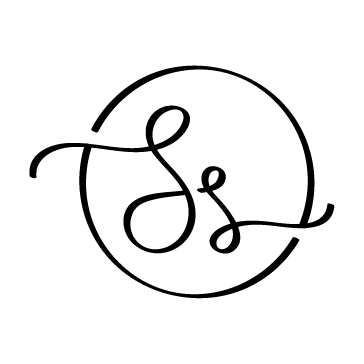
Hey there 👋🏻
I'm Srishti, you can call me Srish
I've been on the design path for almost a decade. My journey started in graphic design, but curiosity led me to UX, where I get to untangle complex problems, craft thoughtful experiences, and bring a sense of clarity to messy, multi-layered challenges. For me, design isn’t just about how things look but how they work, feel, and fit into people’s lives.
Outside of work, I’m a serial planner who loves spontaneity (a paradox I fully embrace). I paint to clear my mind and sometimes read five books at once because why commit to just one? If I’m not designing, I’m probably knee-deep in a new creative project, convincing myself it’s definitely a good idea.

Design for humans, not users
Good design focuses on people rather than users. It blends aesthetics with functionality and demonstrates empathy for their feelings, actions, and tasks they need to accomplish.

Kaizen
'Kaizen’ is an approach to continuous improvement. Never settling for mediocrity, there's always room to make designs better, one iteration at a time.

Mindfulness & intentionality
I remain focused on addressing the core problem and ensuring that every design decision is thoughtful and purposeful.

Efficient design & scalability
I believe in building scalable design systems and workflows. By aligning design with engineering and product goals, we can deliver impactful features that scale effectively and meet user needs.
My design process
Every project is unique, but I generally follow this high-level design process to guide my work. Here's how I approach it


Define requirements & scope
I like to begin by clarifying the business needs, project requirements, and deliverables. I set timelines and expectations, and document my initial hypotheses about the problem. It’s crucial to ensure that everyone on the team is aligned from the beginning.

Interpret results & set goals
I analyze the collected data to define user personas, their needs, and pain points. Journey maps and problem statements can be useful at this stage, but design artifacts can vary based on the project's context. This is a good time to define some goals and success metrics for the product.

Discover and analyze issues
I like to begin by clarifying the business needs, project requirements, and deliverables. I set timelines and expectations, and document my initial hypotheses about the problem. It’s crucial to ensure that everyone on the team is aligned from the beginning.

Ideate, prototype & test
I conduct brainstorming sessions with designers, stakeholders, and developers to explore a variety of solutions. I then create interactive prototypes, test them with users, and iterate based on the feedback to refine the design and ensure it meets the project goals.
My design principles
Design for humans, not users
Good design focuses on people rather than users. It blends aesthetics with functionality and demonstrates empathy for their feelings, actions, and tasks they need to accomplish.
Mindfulness & intentionality
I remain focused on addressing the core problem and making sure that every design decision is thoughtful and purposeful.
Kaizen
'Kaizen’ is an approach to continuous improvement. Never settling for mediocrity, there's always room to make designs better, one iteration at a time.
Efficient design & scalability
I believe in building scalable design systems and workflows. By aligning design with engineering and product goals, we can deliver impactful features that scale effectively and meet user needs.
My work style
01 | Involve everyone
I believe in integrating insights from a diverse range of perspectives. Involving developers, stakeholders, users, and user researchers early and consistently, ensures a holistic approach to the design process. Embracing collaboration and seeking insights from various sources leads to more informed design decisions.
02 | Advocate for design thinking
I apply design thinking principles to approach problems creatively and systematically. By exploring multiple solutions and iterating on ideas, I ensure that the final design is both innovative and practical, meeting both user needs and business objectives.
03 | Foster open communication
Clear and transparent communication is crucial for successful design projects. I promote open dialogue among team members, encouraging regular updates, feedback, and discussions to align goals and resolve issues promptly.

